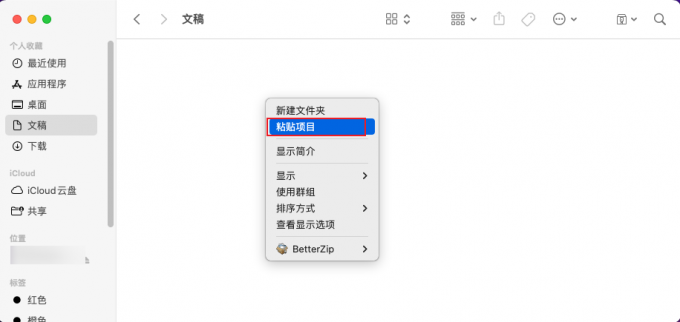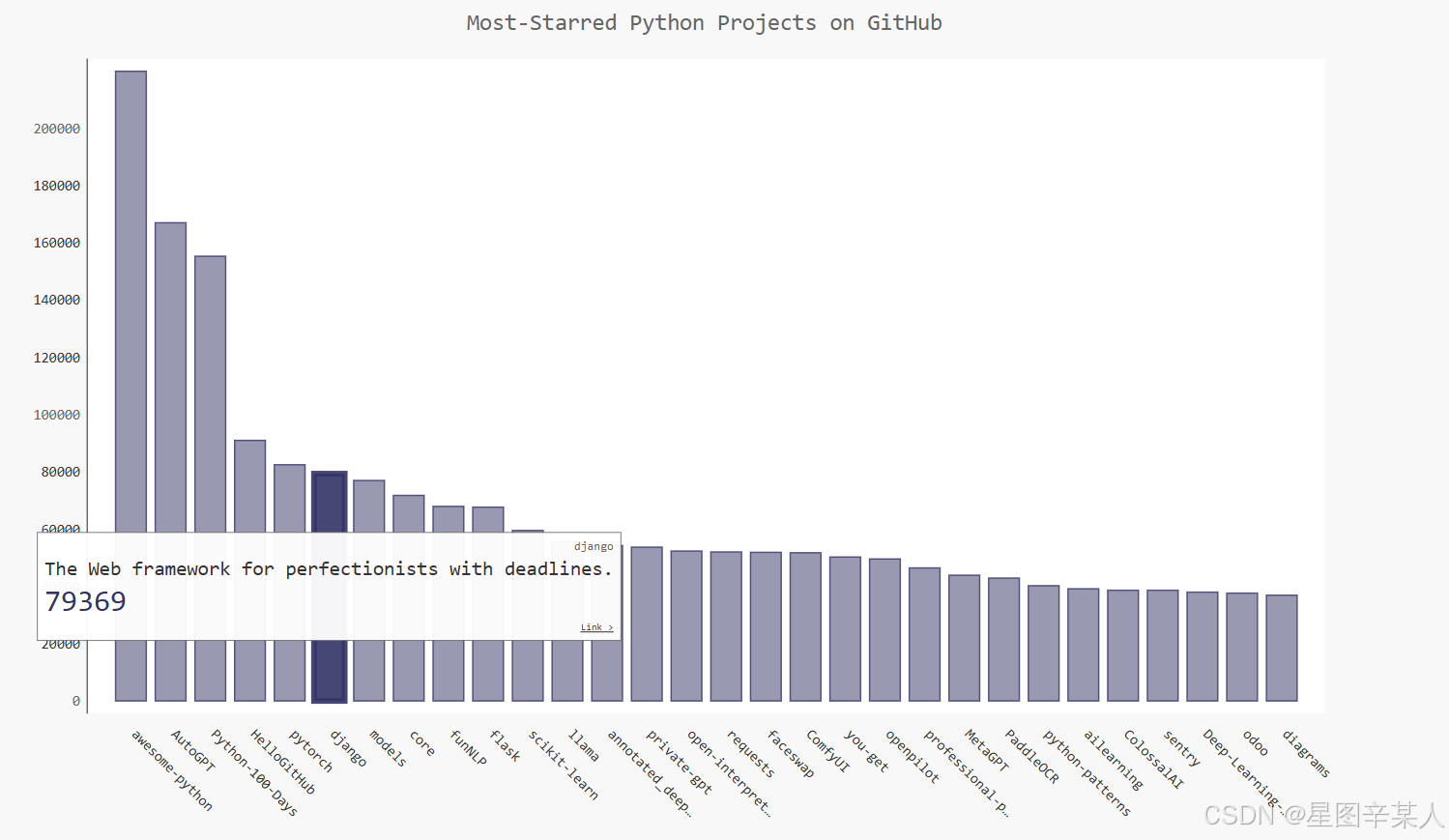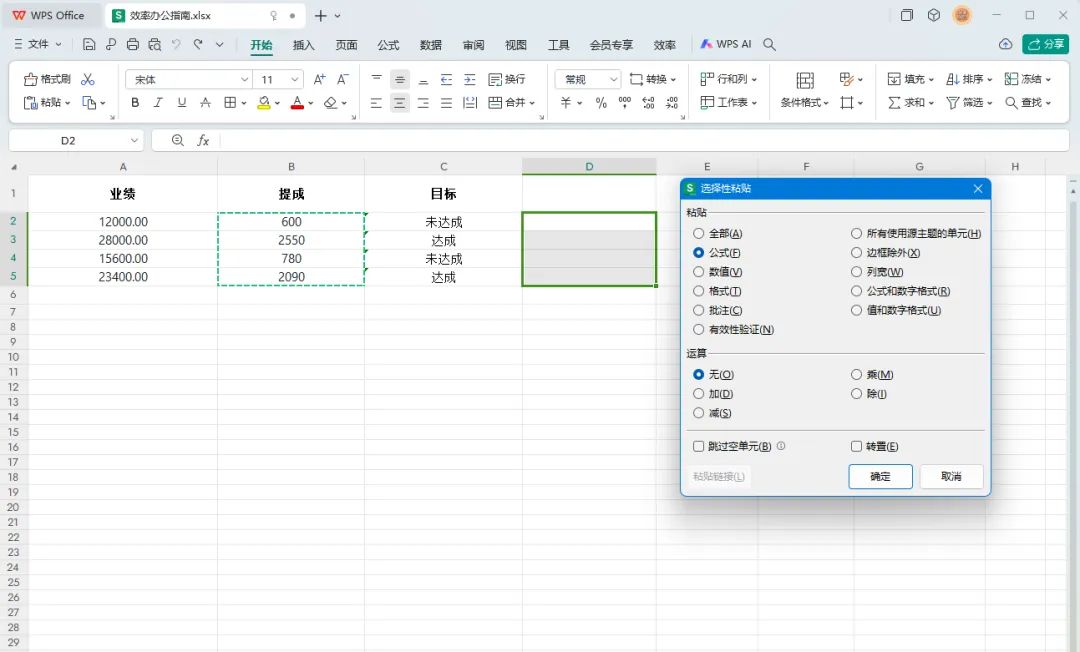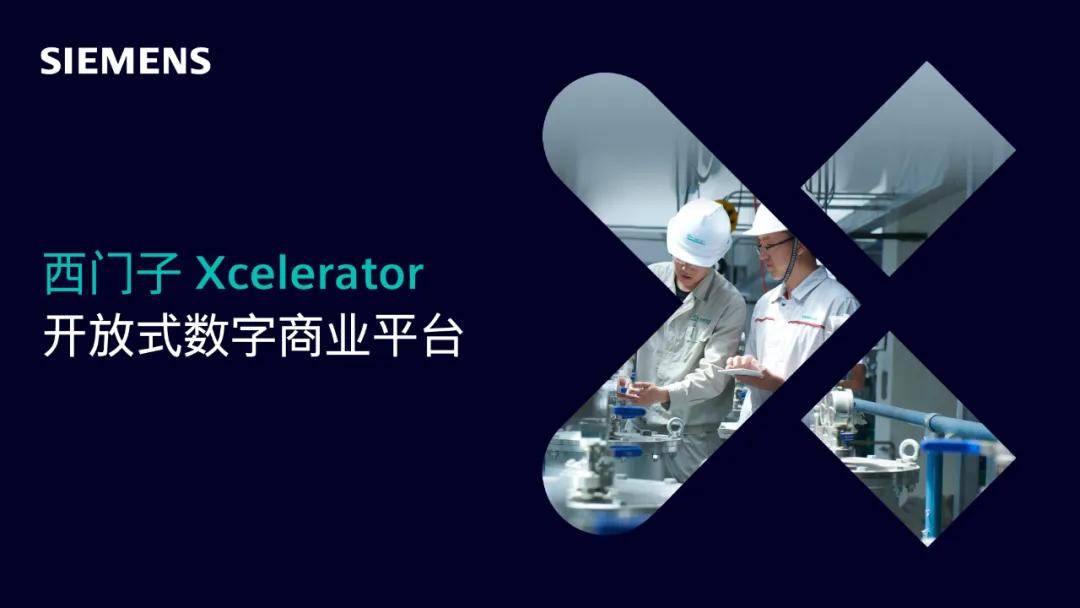一、项目分析
1.1 项目任务
kaggle二手车价格回归预测项目,目的根据各种属性预测二手车的价格。
1.2 评估准则
评估的标准是均方根误差:
1.3 数据介绍
数据连接https://www.kaggle.com/competitions/playground-series-s4e9/data?select=train.csv

其中:
id:唯一标识符(或编号)brand:品牌model:型号model_year:车型年份mileage(注意这里可能是拼写错误,应该是mileage而不是milage):里程数fuel_type:燃油类型engine:发动机transmission:变速器ext_col:车身颜色(外部)int_col:内饰颜色(内部)accident:事故记录clean_title:清洁标题(通常指车辆是否有清晰的产权记录,无抵押、无重大事故等)price:价格
二、读取数据
2.1 导入相应的库
import numpy as np
import pandas as pd
import matplotlib.pyplot as plt
import seaborn as sns
from sklearn.model_selection import train_test_split
from sklearn.tree import DecisionTreeRegressor
from sklearn.metrics import mean_squared_error
from sklearn.ensemble import RandomForestRegressor
from sklearn.model_selection import train_test_split, GridSearchCV
import xgboost as xgb
2.2 读取数据
file_path = '/kaggle/input/playground-series-s4e9/train.csv'
df = pd.read_csv(file_path)
df.head()
df.shape()


三、Exploratory Data Analysis(EDA)
3.1 车型年份与价格的关系
plt.figure(figsize=(10, 6))
sns.scatterplot(x='model_year', y='price', data=df)
plt.title('Model Year vs Price')
plt.xlabel('Model Year')
plt.ylabel('Price')
plt.show()

3.2 滞留量与价格的关系
plt.figure(figsize=(10, 6))
sns.scatterplot(x='milage', y='price', data=df)
plt.title('Milage vs Price')
plt.xlabel('Milage')
plt.ylabel('Price')
plt.show()

3.3 热图检查数值特征之间的关系
num_df = df.select_dtypes(include=['float64', 'int64'])
plt.figure(figsize=(12, 8))
corr_matrix = num_df.corr()
sns.heatmap(corr_matrix, annot=True, fmt=".2f", cmap="coolwarm", linewidths=0.5, annot_kws={"size": 10})
plt.title('Correlation Matrix', fontsize=16)
plt.xticks(rotation=45, ha='right')
plt.yticks(rotation=0)
plt.tight_layout()
plt.show()

3.4 按品牌统计图表
plt.figure(figsize=(12, 6))
sns.countplot(data=df, x='brand', order=df['brand'].value_counts().index)
plt.title('Count of Cars by Brand', fontsize=16)
plt.xticks(rotation=45)
plt.tight_layout()
plt.show()

3.5 箱线图
plt.figure(figsize=(12, 6))
sns.boxplot(data=df, x='fuel_type', y='milage')
plt.title('Mileage by Fuel Type', fontsize=16)
plt.xticks(rotation=45)
plt.tight_layout()
plt.show()

1.6 各品牌平均里程数
plt.figure(figsize=(12, 6))
sns.barplot(data=df, x='brand', y='milage', estimator=np.mean, ci=None)
plt.title('Average Mileage by Brand', fontsize=16)
plt.xticks(rotation=45)
plt.tight_layout()
plt.show()

四、 数据预测处理
4.1 检查每个特征是否具有不同的值
for i in df.columns:
if df[i].nunique()<2:
print(f'{i} has only one unique value. ')
clean_title has only one unique value.
“Clean ”功能只有一个唯一值,所以我们可以将其删除。
df.drop(['id','clean_title'],axis=1,inplace=True)
df.shape
(188533, 11)
4.2 缺失值处理
df.isnull().sum().sum()
7535
df.dropna(inplace=True)
df.isnull().sum().sum()
0
没有缺失的值,所以我们可以继续了。
4.3
使用一热编码将分类变量转换为数值格式
df = pd.get_dummies(df, columns=['brand', 'model', 'fuel_type', 'transmission', 'ext_col', 'int_col', 'accident','engine' ], drop_first=True)
五、数据预测
5.1 数据样本和标签分离
X = df.drop('price', axis=1)
y = df['price']
5.2 切分数据集
X_train, X_test, y_train, y_test = train_test_split(X, y, test_size=0.2, random_state=42)
5.3 模型训练和评估
5.3.1 Xgboost回归模型
xgb_model = xgb.XGBRegressor(
n_estimators=100,
max_depth=5,
learning_rate=0.1,
subsample=0.8,
random_state=42
)
xgb_model.fit(X_train, y_train)
y_pred_xgb = xgb_model.predict(X_test)
rmse_xgb = np.sqrt(mean_squared_error(y_test, y_pred_xgb))
print(f'XGBoost Root Mean Squared Error: {rmse_xgb}')
XGBoost Root Mean Squared Error: 67003.09126576487
5.3.2 Random Forest回归模型
rf_model = RandomForestRegressor(
n_estimators=100,
max_depth=10,
min_samples_split=2,
min_samples_leaf=1,
random_state=42
)
rf_model.fit(X_train, y_train)
y_pred_rf = rf_model.predict(X_test)
rmse_rf = np.sqrt(mean_squared_error(y_test, y_pred_rf))
print(f'Random Forest Root Mean Squared Error: {rmse_rf}')
Random Forest Root Mean Squared Error: 68418.85393408517
参考文献:
1 https://www.kaggle.com/code/muhammaadmuzammil008/eda-random-forest-xgboost




![[深度学习]循环神经网络](https://i-blog.csdnimg.cn/direct/5feeb608abbb490f80abeeff3c3a9ebb.png)













